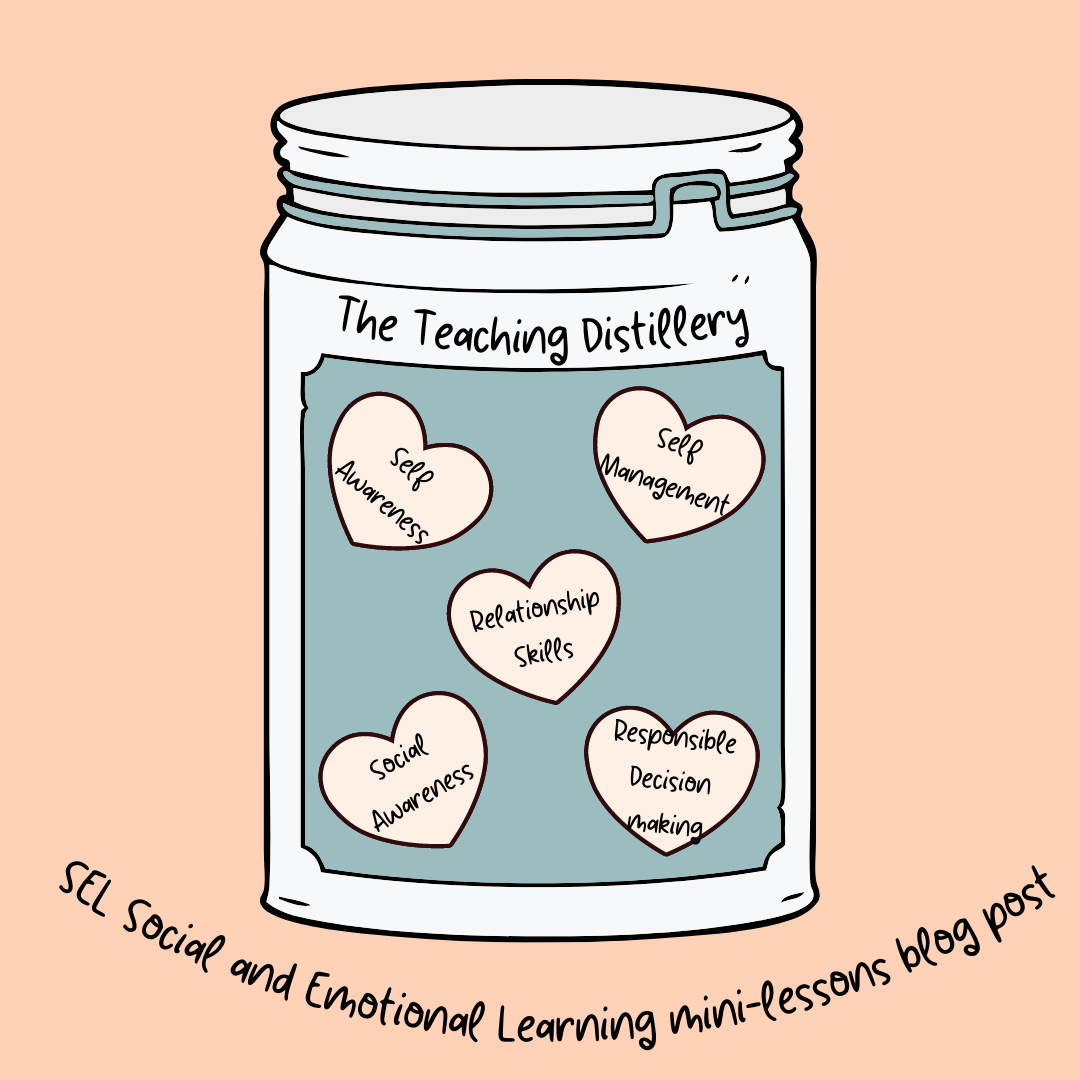We love teaching our students various note taking strategies throughout the year. We even have some awesome graphic organizers that we sell on all the different types of note taking that we teach.
Read MoreSecondary traumatic stress (STS) is the emotional distress that arises when someone vicariously experiences the traumatic experiences of another individual. Sometimes this response is known as compassion fatigue.
Read MoreThere are so many debates now-a-days when it comes to grammar instruction. To explicitly teach grammar concepts or not to explicitly teach grammar concepts? To teach grammar in context or not to teach grammar in context? Some grammar experts even argue that we should just get rid of all the grammatical terminology that we grew up learning, like phrase and clause, and instead just teach sentence structure. This can be found in the post by Edutopia and in the new book, Between the Commas by Martin Brandt. One thing is for sure…we are noticing that each year our students are coming to our classrooms with more and more gaps in their grammar knowledge. This is not the fault of the teachers prior, but the result of such grammar debates and changes in curriculum instruction. We really have no dog in this fight. Our one goal is to make sure that our students leave our classrooms with an understanding of sentence structure and how to organize their paragraphs within an essay.
Read MoreThere are no two ways about it. Media, in all its positive and negative forms, has permeated the human experience. It will only grow more invasive as time and technology progresses. It is important to add media literacy to our ever expanding lists of things we must teach in the English classroom. Media literacy should be a focus in all subject areas, but it seems like the English and history classes are the dumping grounds for improving most societal problems.
Read MoreLet's look at another one of those often expressed pieces of jargon many in the educational world like to throw out: “If you don’t love teaching, get out before you cause harm to the children.” I recently read an awesome article by Elizabeth Dampf called “It's about Skillsets, Not Sainthood.” In the latest ASCD article Elizabeth Dampf shares the very familiar expectations posed by the teaching world. As teachers, it is expected that we love our jobs, love our schools, and love our students. If we don’t…why are we teachers?
Read MoreIf you google search anything about trauma and education, inevitably you will receive pages and pages about how to treat student trauma and how to provide support for the students experiencing trauma, but what about the teachers? Who is supporting us?
Read MoreAnother way to foster a collaborative classroom is to have your lessons be rooted in meaning. People are simply motivated to persist and achieve when they find value and meaning in what they do. One way to ensure meaning in your lessons is to give students a few choices.
Read MoreWe have said it before and we will say it again: good teaching does not involve rewards. Rewarding good behavior and punishing negative behaviors is not an effective way to get a class of students invested in learning. What does work? Building relationships.
Read MoreOur SEL lessons focus on the five SEL strategies: relationship skills, responsible decision making, self-awareness, self-management, and social awareness.
Read MoreSocratic seminar lends itself nicely in a high school setting, but students in middle school need a bit more scaffolding to be successful with this structure of learning. There are a few ways that you can organize a middle school class discussion:
Read MoreFinding Langston by Lesa Cline-Ransome is a book that we love to teach to our middle school classes. It takes place right after World War II during the Great Migration as Langston and his father move from rural Alabama to the bustling city of Chicago after Langston’s mother passes away. It is a heartfelt story about a boy’s love of his family, books, and poetry.
Read MoreAll in all, leverage students’ strengths by creating meaningful group work activities to teach both academic and SEL skills necessary for the future job market, whatever that may look like in the next decade.
Read More










